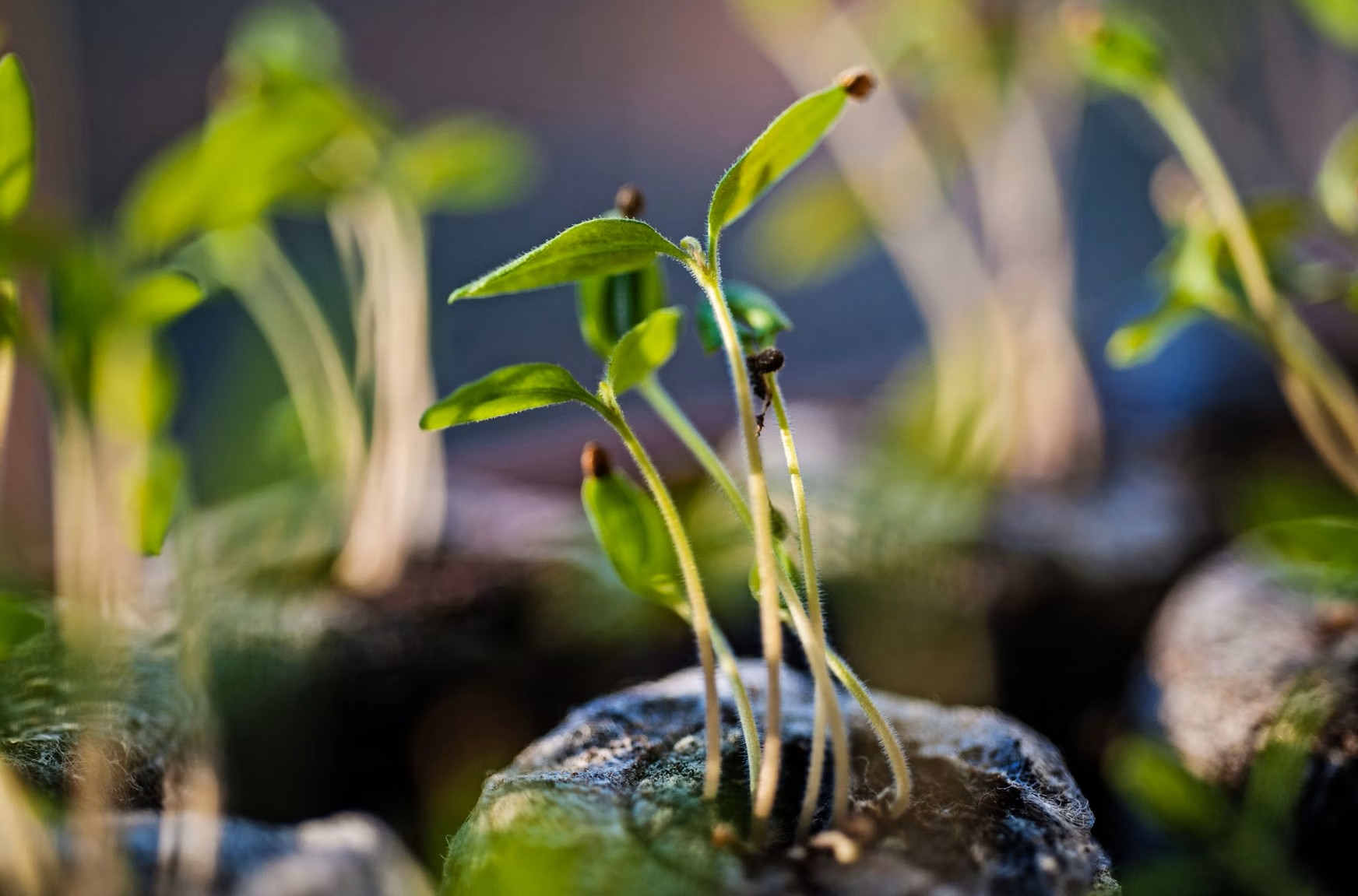Recent Categories
Recent Posts
Catogery Tags
Connect With Us
-

Humate suppliers near me
Humate, commonly referring to potassium humate or related humic acid derivatives, is an organic soil conditioner and fertilizer derived from leonardite or lignite. Humate enhances soil structure, nutrient uptake, and plant growth. These entities primarily export globally, including to North America, Europe, and other markets, facilitating access regardless of your precise location. For localized distribution,…
-

Humate for spring soil preparation
Overview of Humate in Spring Soil Preparation Spring is a critical period for soil preparation, as soils emerge from winter conditions—often compacted, nutrient-depleted, or waterlogged due to freeze-thaw cycles and reduced microbial activity. Humate addresses these challenges by enhancing soil structure, nutrient availability, and biological vitality. Unlike synthetic fertilizers, humate works gradually to build long-term…
-

Bulk humate for agriculture
What is Humate and Where Does It Come From? Humate is a natural material made from the salts of humic acids. These acids form over millions of years as ancient plants and animals break down in the earth. The main source is a type of soft coal called lignite, which has been oxidized over time.…
-

Humate suppliers
Humates — which include humic acid, fulvic acid, and their salts such as potassium humate — have become essential in sustainable agriculture. They improve soil fertility, nutrient uptake, root structure, water retention, and biological activity. As demand increases worldwide, more suppliers have entered the market, offering products with very different quality standards. Choosing the right…
-

Fulvic acid vs humic
Introduction to Fulvic Acid and Humic Acid Fulvic acid and humic acid are naturally occurring organic compounds found in humus, the dark, organic component of soil formed from the decomposition of plant and animal matter. Both are part of a broader category known as humic substances, which are critical to soil fertility, plant growth, and…
-

Soluble humate
Soluble humate, also referred to as water-soluble humate or humate powder, is a highly concentrated, water-dissolvable form of humic substances derived from decomposed organic matter, such as leonardite, lignite, or ancient peat deposits. Unlike granular humate, which is applied as solid pellets, or liquid humate, which is pre-dissolved, soluble humate is typically supplied as a…








